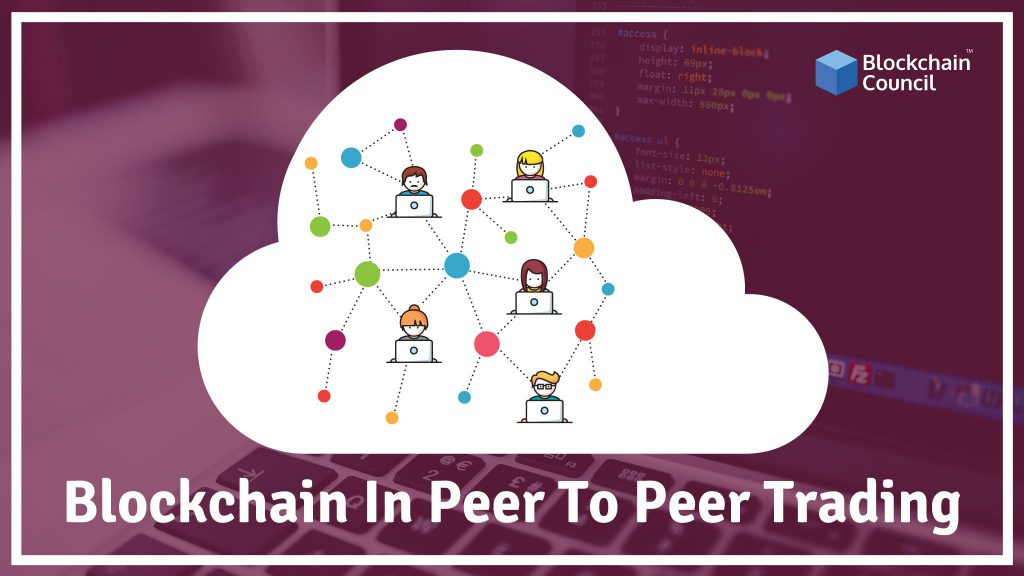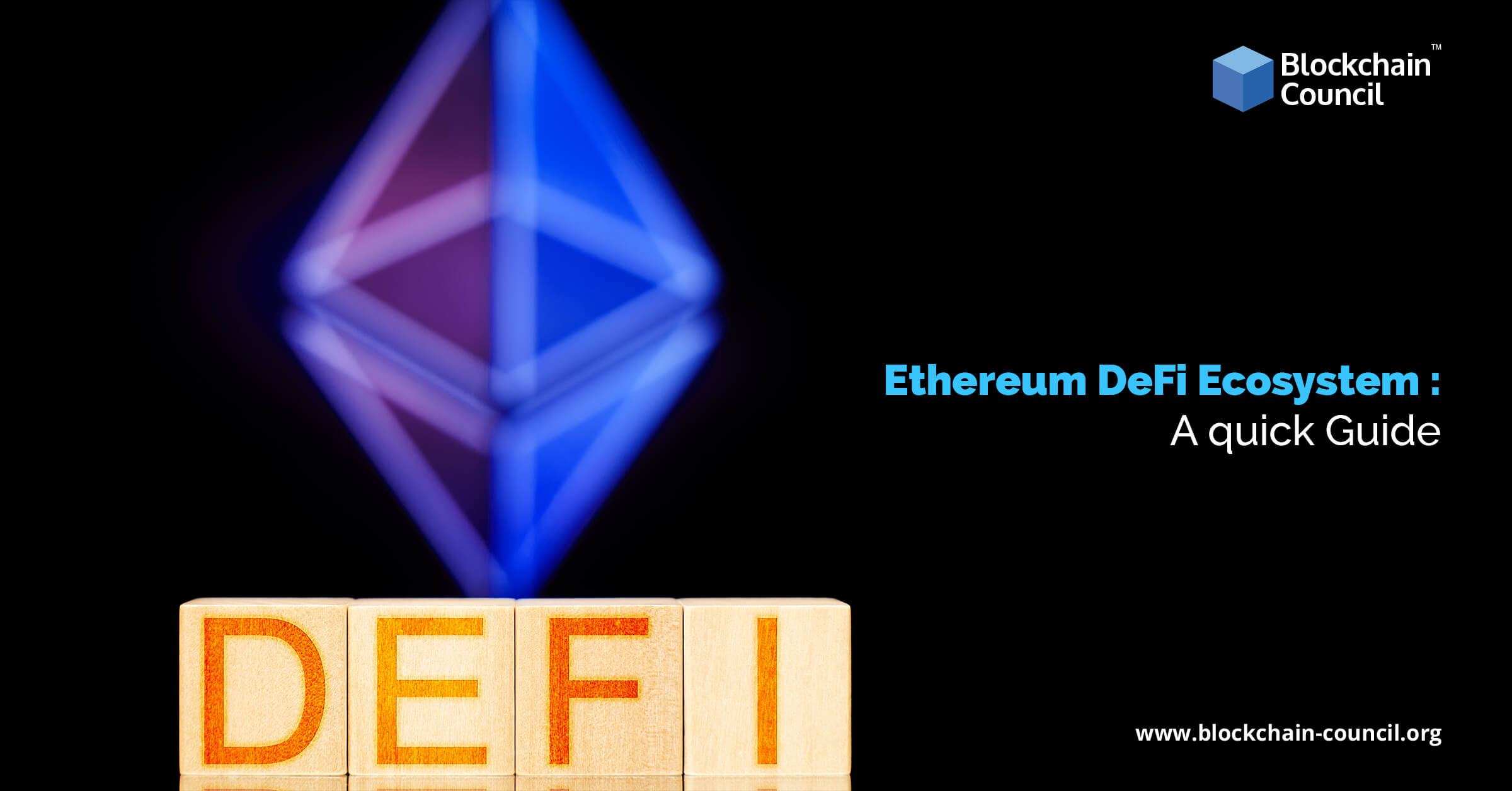
- Toshendra Kumar Sharma
- September 17, 2017
Blockchain technology is a method of recording and confirming transactions. Here, instead of a centralised platform, participants each hold a complete record of transactions through peer to peer verification of transactions. This means there is no central recording system; rather each participant keeps a record of all transactions ever made. This is the same system which allows Bitcoin to operate with no central body.
Instead of clearinghouse settling trades, trades will be settled by participants confirming transactions through the peer to peer network. The network (likely made up of brokers) will record the buyer and selling participants, the number of shares traded, price of shares, time of exchange and the exchange of funds. This will still provide a centralised electronic exchange for participants to place orders. Only the settlement or back office function will be sourced to the network.
How is Blockchain used in Peer to Peer Trading?
Blockchain has great potential to cut inefficiencies in the share settlement function. As trades are settled by peer confirmation, there is no need for a clearinghouse, auditors to verify trades and custodians to ensure a fund has the shares they say they hold. Essentially this is cutting out the middleman in the back office. This means fewer costs in record keeping and in turn fewer costs to trading on the platforms. Given the high costs in getting a third party to audit, record keeps and/or verify trades these costs are substantial.
The peer confirmation of trades also means settlement can be almost instantaneous. Compare this to the current settlement period of three working days (‘T+3’). This is because the blockchain needs to make sure the participants have the money and shares on hand to exchange. This would make shares a far more liquid investment – almost as good as having cash on hand. Higher liquidity means more investment into your shares.
As all participants have the full record of transactions and therefore holdings of investors there is complete transparency in the equity market. This makes it almost impossible to falsify transactions or to alter prior transactions. If a false trade occurs, participants will find inconsistencies in their full ledger and reject the trade. For example, an investor would be unable to sell stock that they did not own as all participants would know exactly how much stock the investor owns now.





































































 Guides
Guides News
News Blockchain
Blockchain Cryptocurrency
& Digital Assets
Cryptocurrency
& Digital Assets Web3
Web3 Metaverse & NFTs
Metaverse & NFTs
